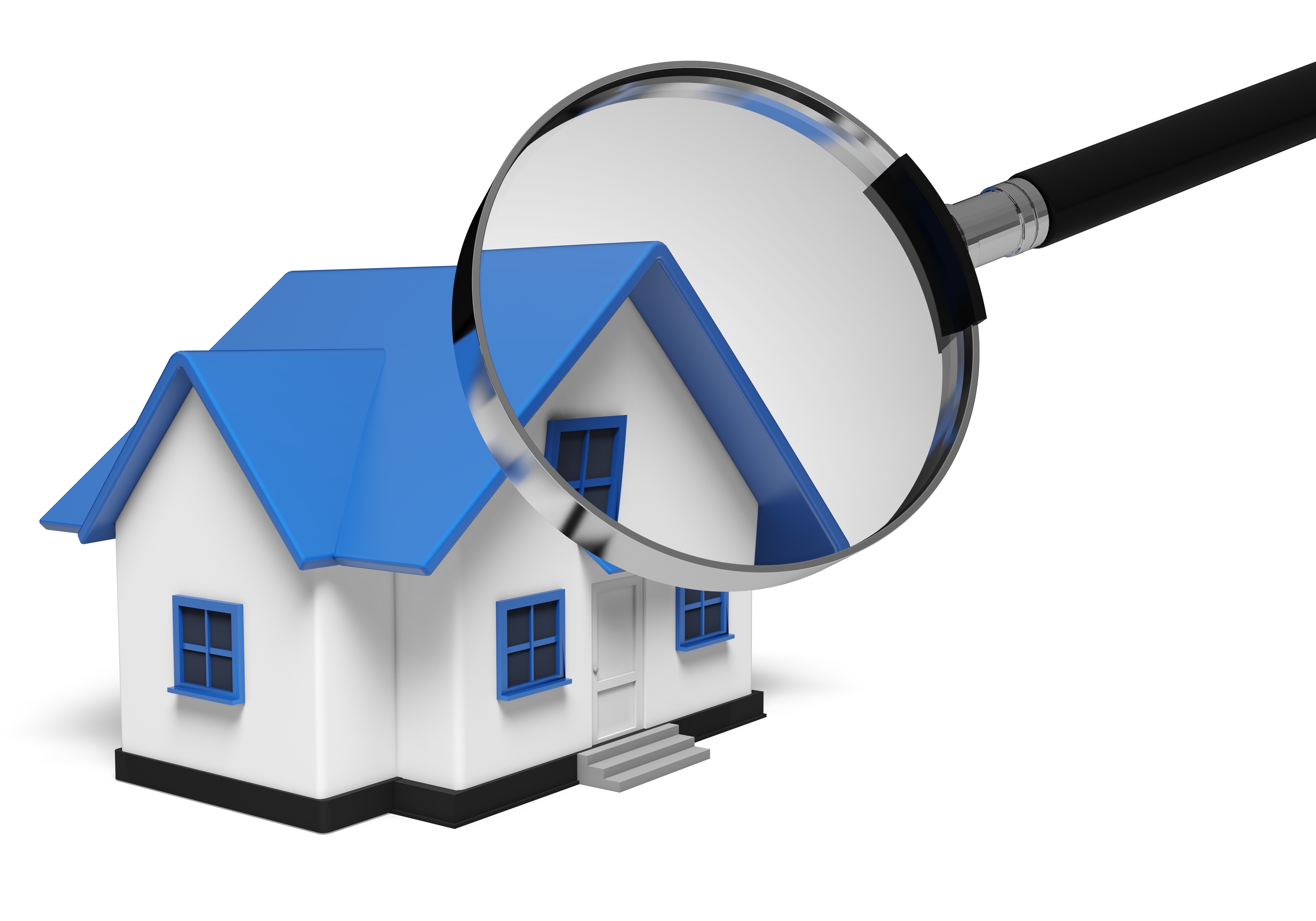
What Are the Components of an Appraisal?Getting a home can be the most significant transaction most might ever encounter. Whether it's a primary residence, a second vacation home or one of many rentals, the purchase of real property is a complex transaction that requires multiple people working in concert to pull it all off. Practically all the parties involved are quite familiar. The most familiar face in the exchange is the real estate agent. Then, the lender provides the financial capital necessary to fund the deal. And the title company ensures that all aspects of the sale are completed and that the title is clear to pass from the seller to the purchaser. So, who makes sure the real estate is worth the amount being paid? In comes the appraiser. We provide an unbiased opinion of what a buyer could expect to pay — or a seller receive — for a parcel of real estate, where both buyer and seller are informed parties. A licensed, certified, professional appraiser from Sizemore Appraisals will ensure, you as an interested party, are informed. The inspection is where an appraisal beginsOur first duty at Sizemore Appraisals is to inspect the property to determine its true status. We must see features first hand, such as the number of bedrooms and bathrooms, the location, amenities, etc., to ensure they truly exist and are in the shape a reasonable person would expect them to be. To ensure the stated square footage has not been misrepresented and illustrate the layout of the property, the inspection often entails creating a sketch of the floorplan. Most importantly, the appraiser looks for any obvious features - or defects - that would affect the value of the property. Next, after the inspection, we use two or three approaches to determining the value of the property: a sales comparison, a replacement cost calculation, and an income approach when rental properties are prevalent. 
Cost ApproachHere, we analyze information on local building costs, labor rates and other elements to derive how much it would cost to replace the property being appraised. This figure commonly sets the maximum on what a property would sell for. The cost approach is also the least used method. 
Sales ComparisonAppraisers are intimately familiar with the communities in which they work. They thoroughly understand the value of certain features to the homeowners of that area. Then, the appraiser researches recent sales in the vicinity and finds properties which are 'comparable' to the real estate being appraised. Using knowledge of the value of certain items such as remodeled rooms, types of flooring, energy efficient items, patios and porches, or additional storage space, we add or subtract from each comparable's sales price so that they are more accurately in line with the features of subject.
After all differences have been accounted for, the appraiser reconciles the adjusted sales prices of all the comps and then derives an opinion of what the subject could sell for. At Sizemore Appraisals, we are an authority in knowing the value of real estate features in London and Laurel County neighborhoods. The sales comparison approach to value is most often given the most consideration when an appraisal is for a home purchase. Valuation Using the Income ApproachIn the case of income producing properties - rental houses for example - the appraiser may use an additional approach to value. In this scenario, the amount of income the real estate produces is factored in with other rents in the area for comparable properties to determine the current value. ReconciliationExamining the data from all approaches, the appraiser is then ready to stipulate an estimated market value for the property in question. The estimate of value at the bottom of the appraisal report is not always the final sales price even though it is likely the best indication of what a property is worth. Prices can always be driven up or down by extenuating circumstances like the motivation or urgency of a seller or 'bidding wars'. Regardless, the appraised value is typically employed as a guideline for lenders who don't want to loan a buyer more money than they could get back in case they had to put the property on the market again. At the end of the day, an appraiser from Sizemore Appraisals will help you get the most accurate property value, so you can make the most informed real estate decisions. |